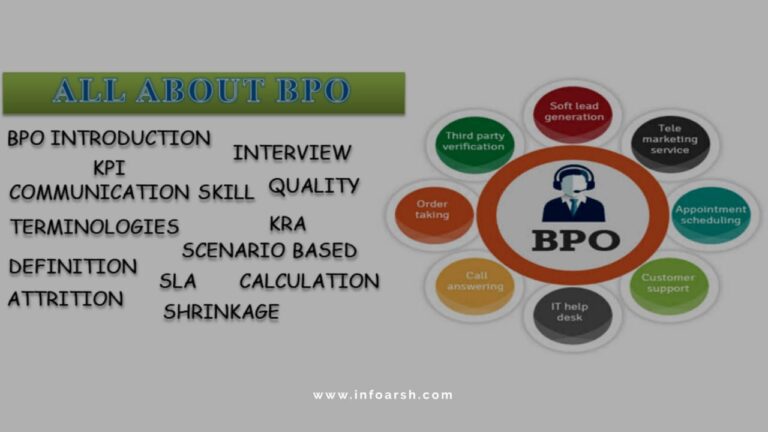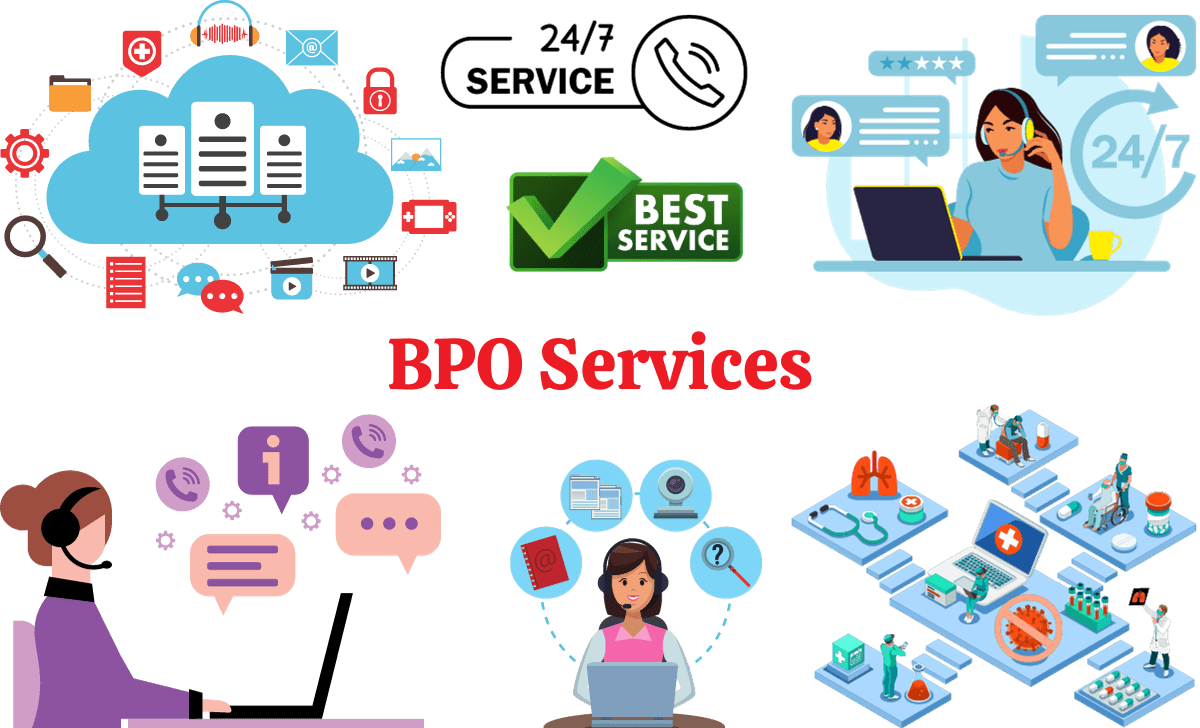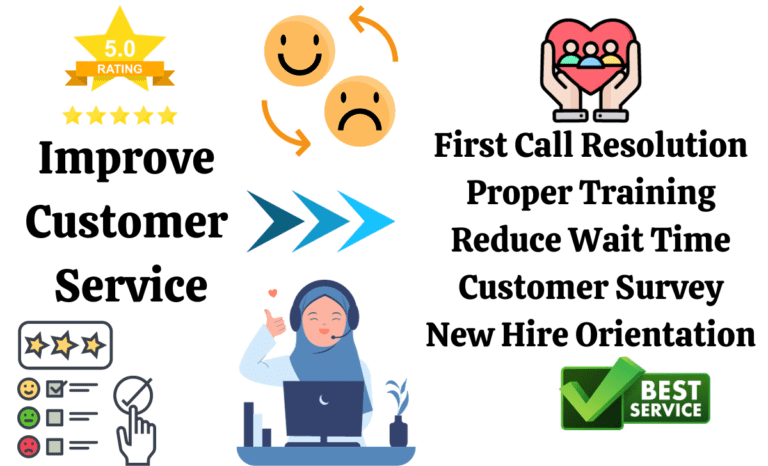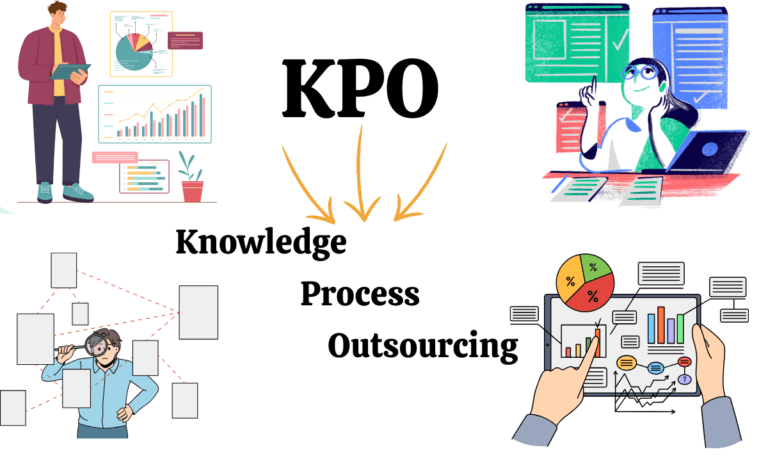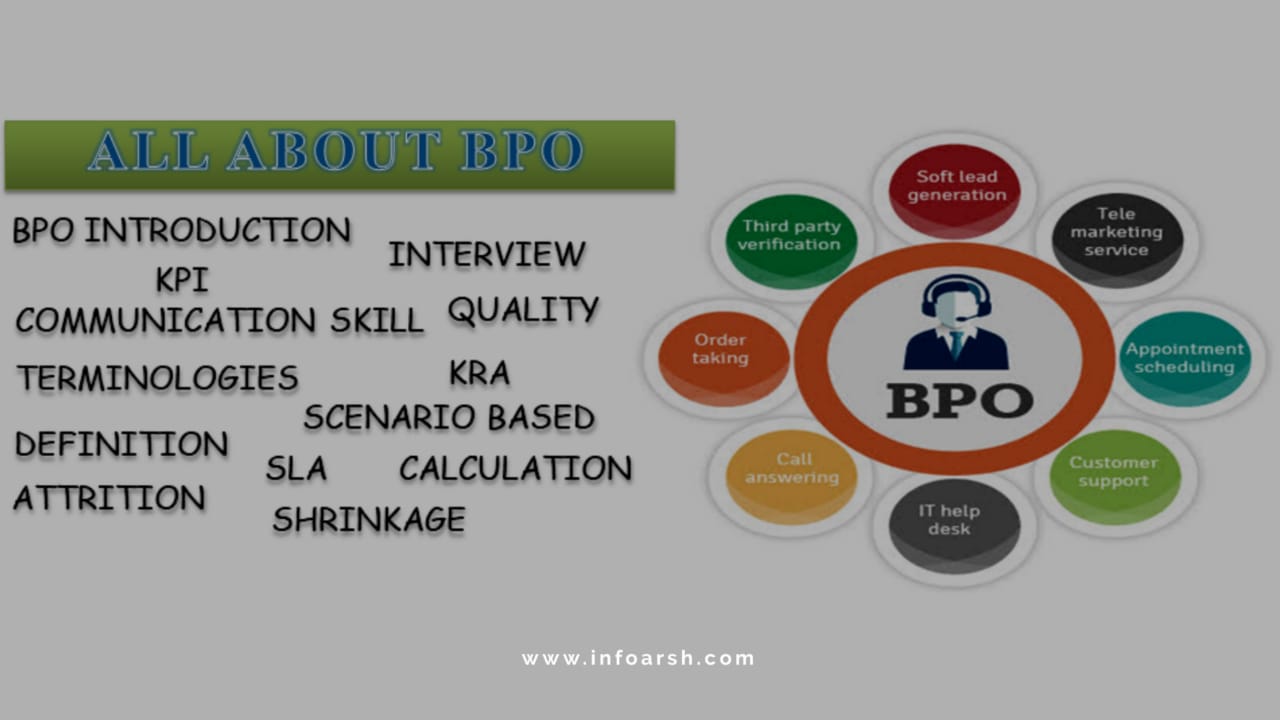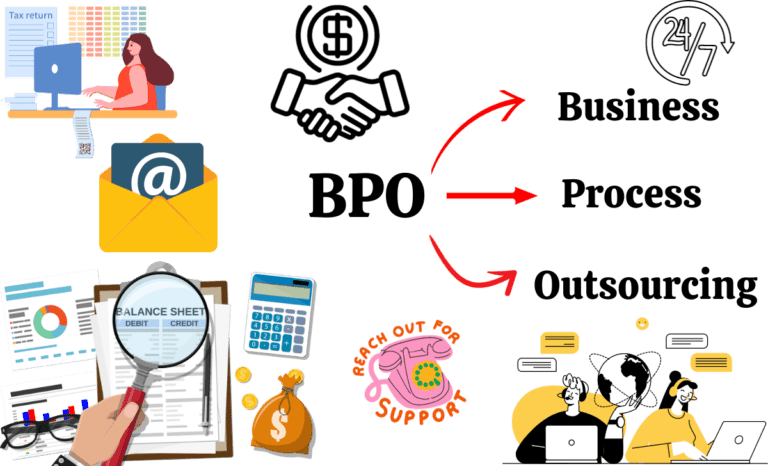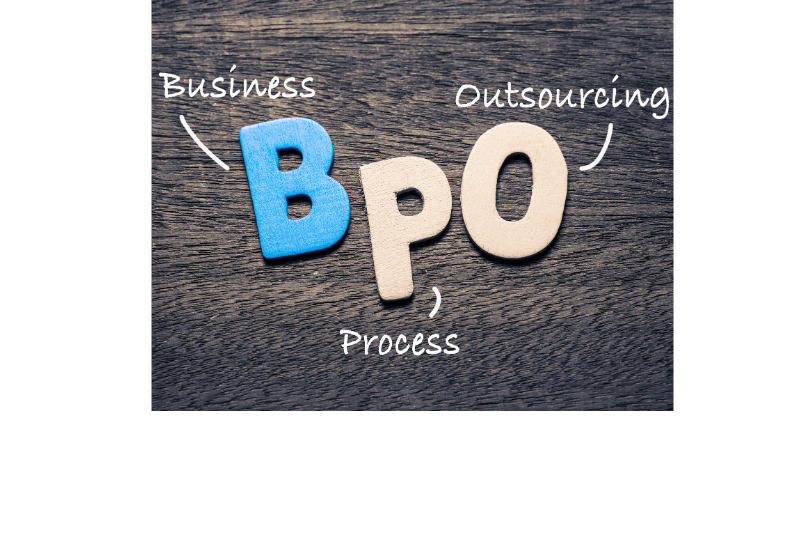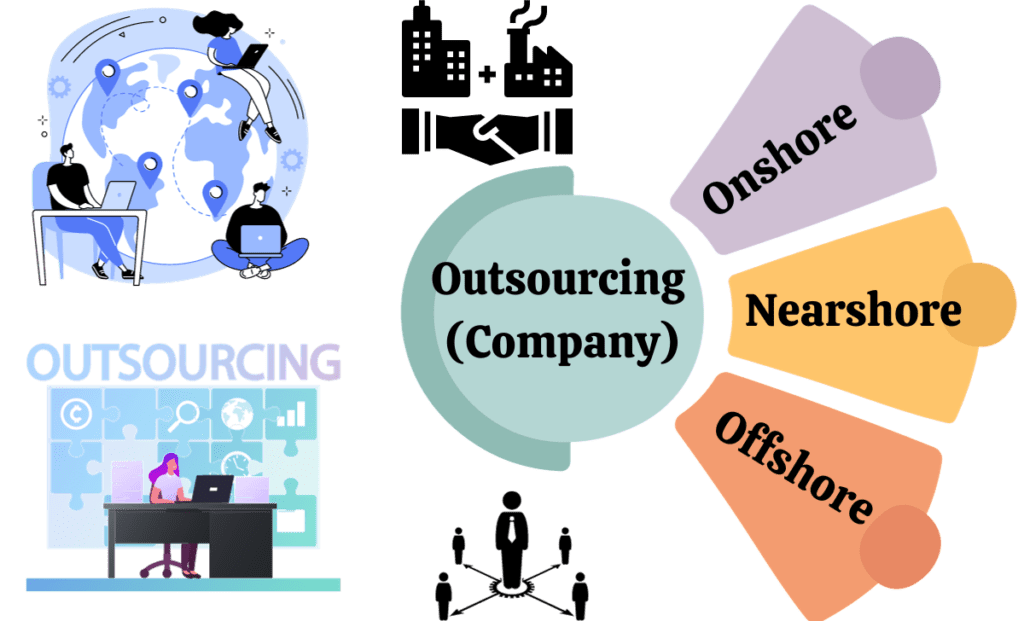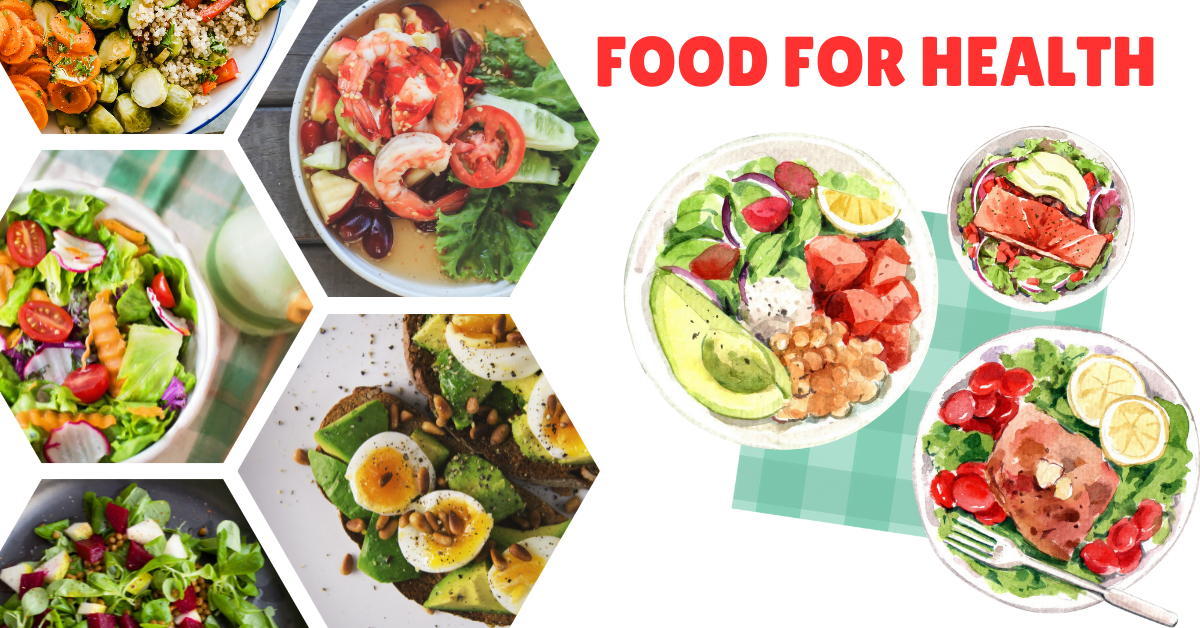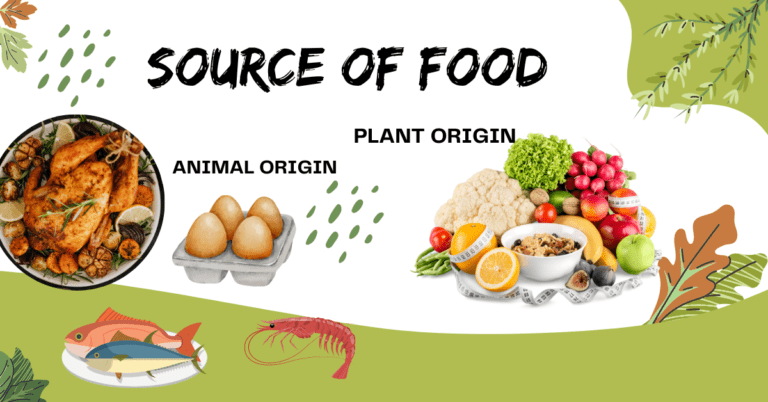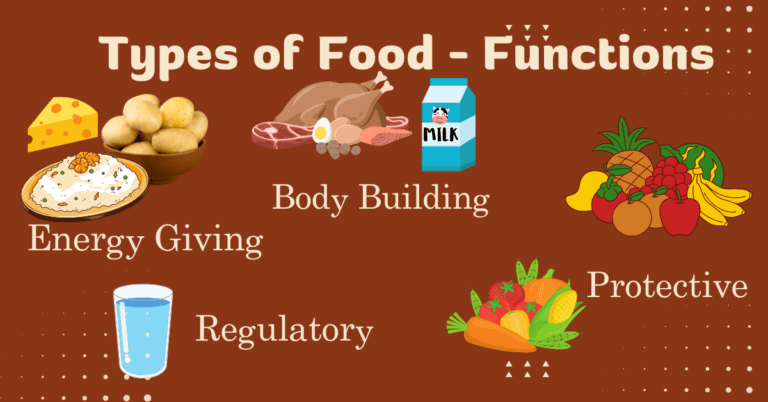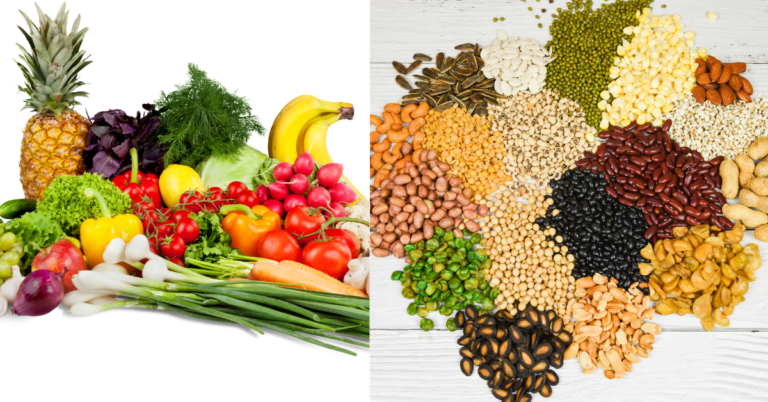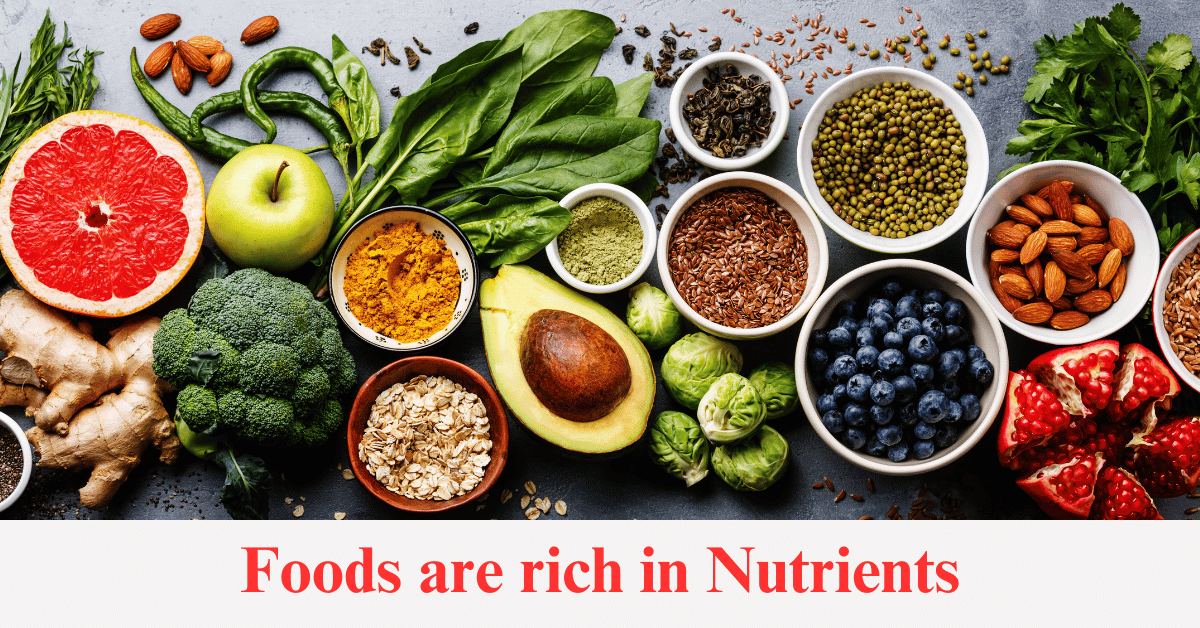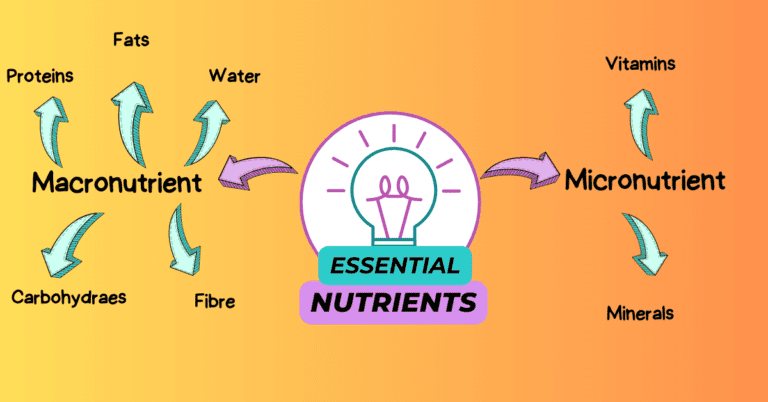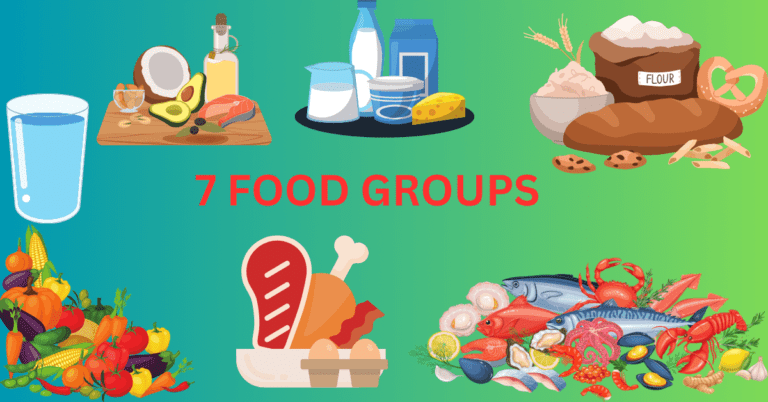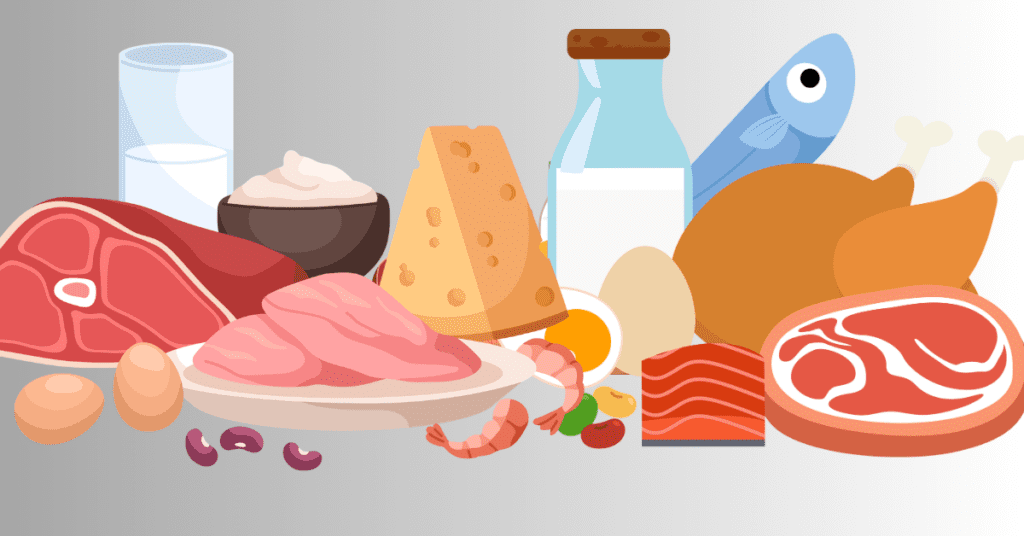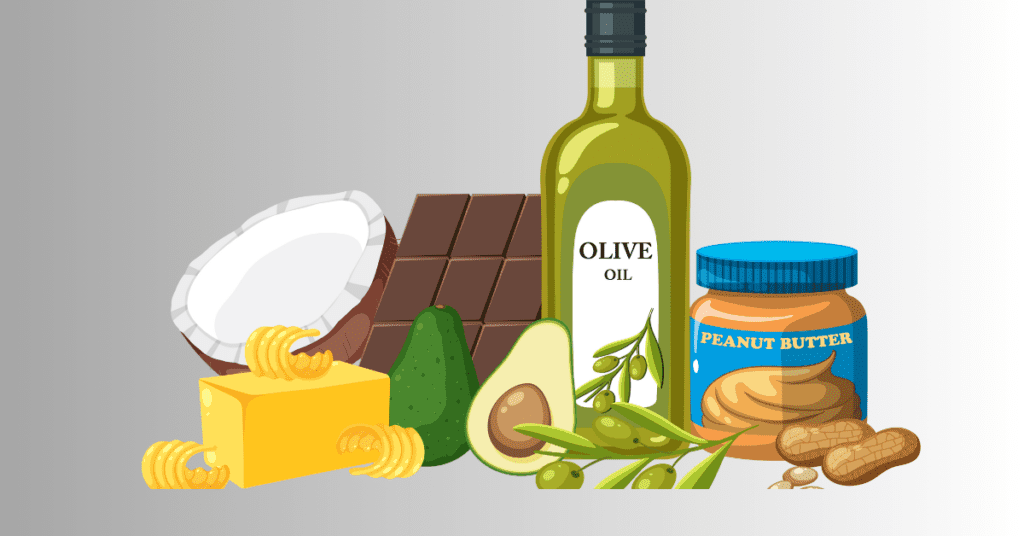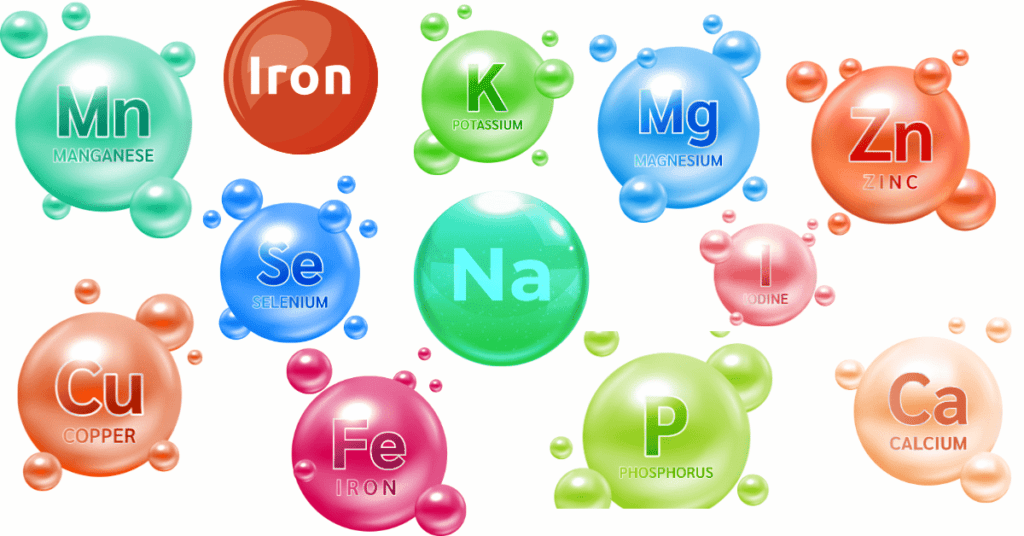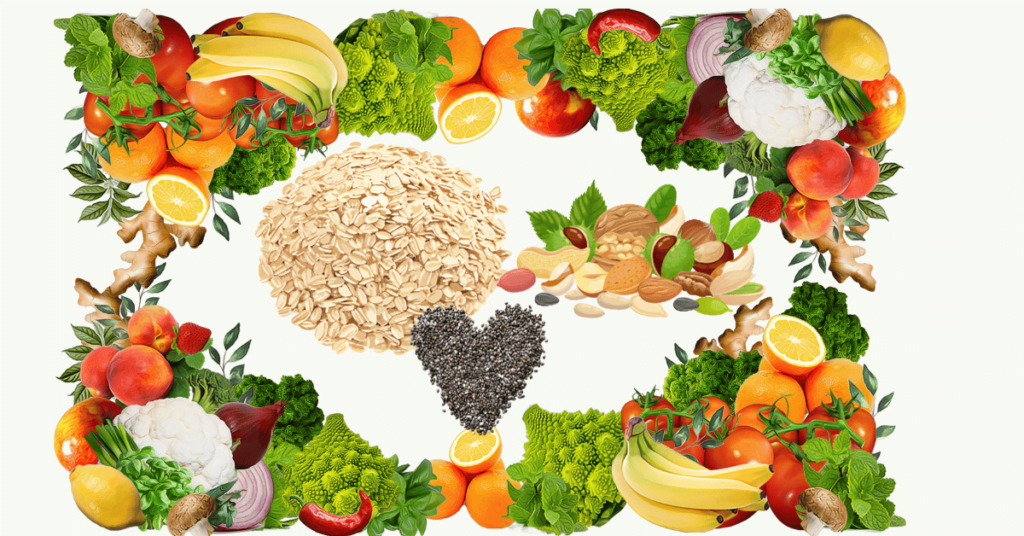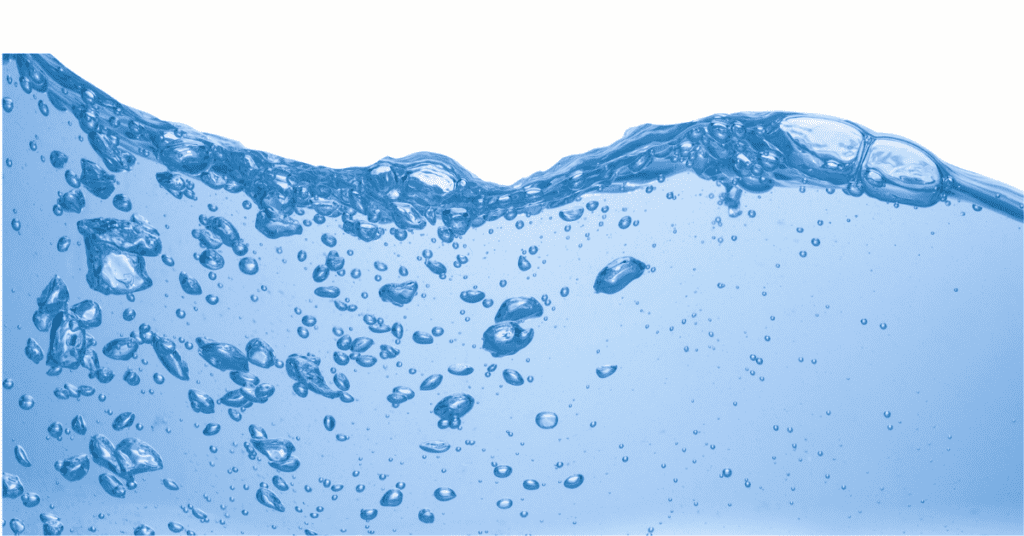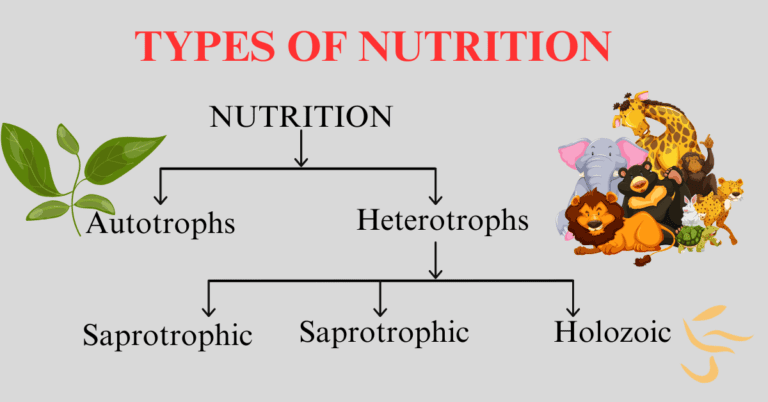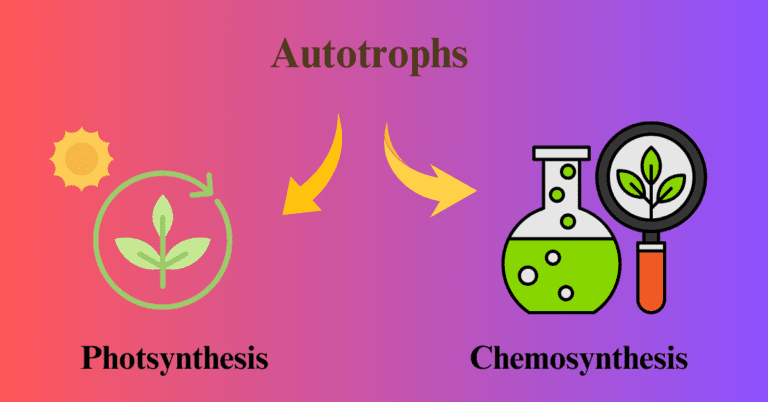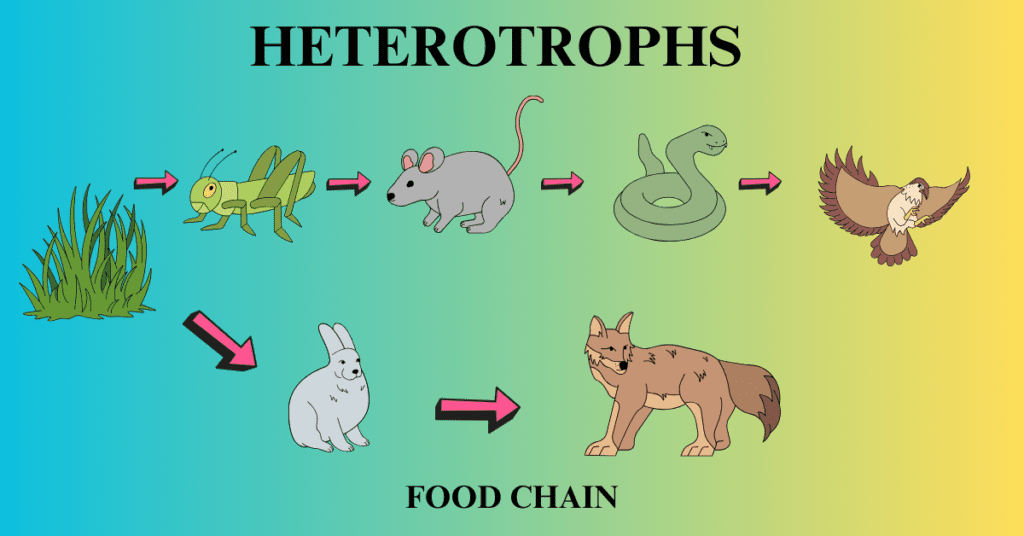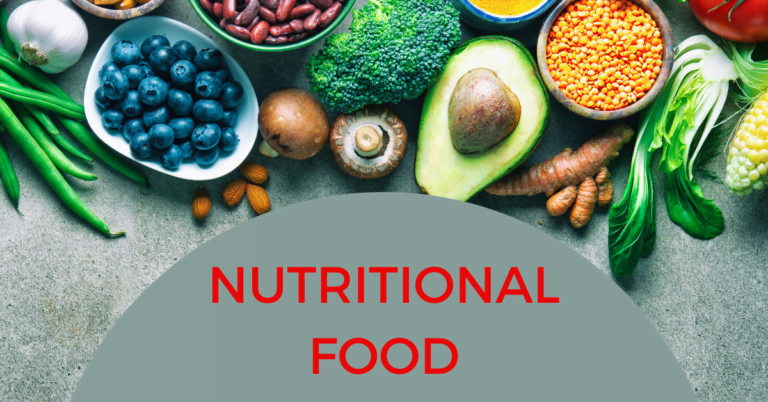Hiring in BPO is an ongoing activity. This doesn’t stop, goes on based on the requirement.
With many BPO options available people go job hunting finding the most suitable BPO with higher salary and perks.
Many change BPO Companies for better opportunities in terms of money, growth and career.
BPOs also fire staff from time to time based on their performance and expected volume.
Ramp-down of the process.
There are times when Attrition happens within BPO resulting in a decrease of manpower. Also due to the process Ramp-up extra manpower is required.
All these trigger the need to hire new resources with the best talent.


The very first step in Hiring is the identification of the Hiring need followed by the recruitment plan build-up.
The Hiring Cycle can be divided into two parts.
Pre Recruit Steps
Post Recruit Steps
Pre Recruit Steps
Steps that are followed before the recruitment or hiring of the candidate is done.
Identifying the hiring need
This is the first step, which is triggered by a need to fill the vacant position, and better manage the workload.
Recruitment Plan
Forming a recruitment plan is important which aims for the recruitment drive internal, external or both. This depends mainly on the position.
Also according to the company policy if they decide to pick the position from within the organization (Internal) or hire talented resources from outside the organization (External)
A job description
It is being generated to notify the skills, qualifications and experience required for the job role.
It also includes Salary and perks benefits.
Advertise
Notifying the internal employees through email circulation, or posting on Job portals for external hiring outside the organisation.
Review Applications
Applications received via emails or through job portals are reviewed to identify the suitable candidate for the desired position role.
Interview process
This starts with initial screening through a phone call by the HR team. Followed by an Interview by the Hiring committee.
This is mainly the operations round being taken by the Assistant Manager and then by the Manager.
Post-Recruit Steps
Includes the steps once the Interviews are over for the Candidate. Now is the time to finalise and pick suitable candidates.
Applicant Assessment
Once the interview rounds are over. Comparison is done among the candidates to decide on the best one fitting the job profile.
Background Check
This includes various check like
Criminal record check
Address check
Previous employment check
Credit Score Check
Social media accounts check
Education check
Reference Check
This check is made based on the information shared by the candidate. This checks the previous employment, job performance, workplace conduct, and responsibilities.
Job Offer
Once all the checks are performed and cleared Job offer is handed over post negotiations in terms of salary, Bonsuus and location, and Joining date
Hired
Post negotiations, if the candidate accepts the offer letter he is considered as hired.\
Onboarding
Once hired the new employee has to undergo An onboarding process which is often called Induction.
The new employee is taken through the policies and the leadership team hierarchy. Also through the history of the company.
It clears the doubts and clarifies the expectations from day one of the job.
The post-hiring confirmation in BPO includes the following steps which are discussed below
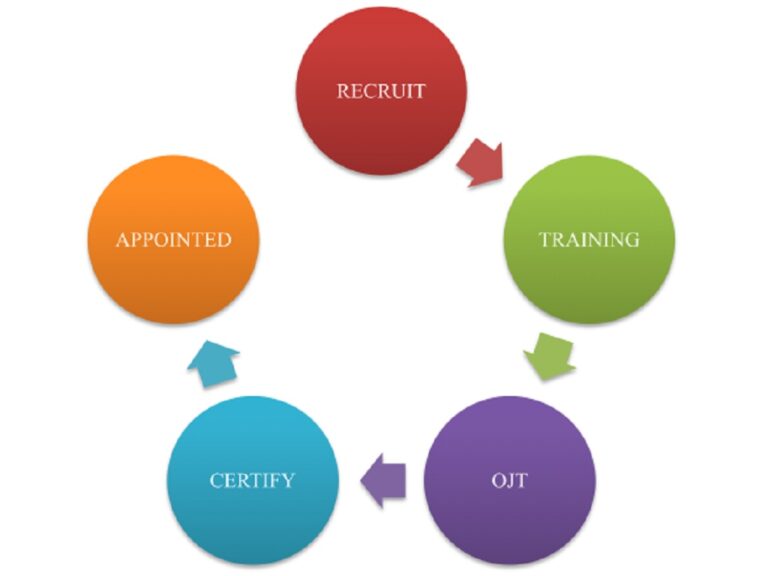

Recruit
Interview – Clearing the Interview round with the HR and Management Team
Offer Letter– After Selection Offer letter is handed over with the Joining date and Salary being offered with the Salary Break
Documentation– Submission of Photocopies of the below documents includes showing Original documents for verification
Education Documents
Experience Documents
Address & ID Proof
PAN Card details
Declaration Signing for Authentication of details shared
Induction– Session conducted by HR includes information about Company policies, expectations, Do’s & Don’ts
Account Opening– The account is opened and updated in the HR database for Salary transfer
Training Handover – Meeting with Trainer and handover for continuation of Process & Communication Training.
Training
Once the recruitment is done, the next step is training the associates both in process and product knowledge. This helps them to effectively resolve queries of the customer and provide better assistance.
OJT
On-Job Training After the training this is a learning phase where the mentors are aligned and teach them how to handle the work based on scenarios including navigation and providing resolution to Customer’s Queries/Requests/Complaints. Associates are taught and assistance is given to make them perfect in handling customer’s queries requests/complaints thus making them ready for the next step.
Certify
Certification is important to get clearance from the Training/Quality team. This is done to check understanding, Knowledge and how efficiently they can work and handle the situation while maintaining the expected Quality of service as per the parameters laid done for final selection.
Appointed
After being certified, associates are kept under observation which we also call as Probation period which is for 3 months. Post 3 months if their performance rating and Quality are found satisfactory are handed an Appointment Letter and enrolled as permanent employees.
Hierarchy in BPO
It refers to the level of authority. With each level comes specific roles and responsibilities. The higher the level, the greater the responsibilities and more decision-making power within the organisation.
The escalations of the customer or the employee follow a bottom-to-top approach.
Every organisation has a level of Hierarchy that is displayed on the floor and mentioned in the company’s policy documents.
The hierarchy level has been defined for all functions in the company. Be it Operations, HR, Quality, or Finance.
Let’s go through the Operations Hierarchy level.


Customer Support Associate/Executive
Associate hired to provide support and assist the customer. They help by resolving his query and taking his request and complaint, finally resolving it after follow-up with the customer.
Mentor
Tenured and Experienced associate/advisor that helps the new joiner/trainee. Provide guidance, support and assistance so they become familiar with the system, and scenario and are certified at the end.
SME
Subject Matter Expert is groomed for the next level. They are experts in the domain they are working in and being groomed for the next level i.e. Team Leader/Assistant Team Leader, Quality Analyst or Trainer
Team Leader
One who looks after the team assigned provides both motivational and emotional support. Share feedback and ensure the targets are being met as described. The first point of contact for the associates working under,
The Assistant Manager
handles the associate as well as the Team Leader assigned under him. Ensures staffing as per requirement and maintains shift statistics. Also responsible for acting in the absence of a manager and making important decisions. Look after the training needs of the associates and see that Salary and incentives are given out on time. They interact with the Client and help in the Hiring process as well.
Manager
One who manages and is in charge of the floor. Guide the people under him. Takes important decisions which directly affect the people working under him. Sets goals and objectives and sees that these are being accomplished and targets fulfilled and met.
SUPPORT MEDIUM
Customer
One who has purchased goods, products or services? Also known as consumer ie Buyer or End User
Seller
One who sells products, goods or services to another person. Also Known as Service Provider.
Customer Service
Services provided to the customer with regards to the product, and goods purchased by him. This service includes resolving his query, complaint, installation, Demo etc.
It could be through any of the below mediums:-
Voice: – Customer calls the toll-free or paid number provided by the brand to get in touch with the customer support team for further assistance.
Email Support: – Customer raises their query over email and in return gets assistance through email within TAT which depends from one Organisation to another.
Chat Support: – Customers can also use the Chat option to get assistance on real real-time basis by getting in touch with the customer support team available over the chat option.
Appointment Schedule :- here Customer physically visits the point of contact to meet the representative once their appointment is fixed over the call as per the convenience of the customer.
Support Functions
Quality Analyst
Responsible for maintaining the quality of work performed by associates as per the agreed standard. Take steps to improve quality. Audit calls and share feedback with the associates. They check if basic hygiene is maintained on calls and the tasks allotted to the associates. Dip check from time to time to check process, product knowledge and awareness about the latest updates.
WFM
Are set of team responsible for ensuring calls are routed as per the skills of the associates. They work closely with the Operations team (Team Leader/Manager) to ensure that proper manpower is available to answer the calls and meet the target Service Level (SL).
Trainer
Training the new joiners. Provide both product and process training. Impart updates and provide refresher training as well.
Conclusion
Hiring in BPO is one of the most important functions which helps to recruit talented resources. It fills the vacant position created.
Please Click Here to visit my Space in Quora. This space is related to the topic of Nutrition and Health. You can find more Posts and FAQs. You can also Follow my space and ask questions.
If you are interested in joining and contributing to the Space. Please scroll down and click on “Want to be a contributor? Apply here”.
Related Posts
BPO services are not limited to one sector. BPO Services has grown tremendously and occupied more...
We all know that the BPO sector is one of the booming industries. BPO is growing day-on-day and...


